You may not know this, but some owls sound a lot like monkeys! In fact, if you close your eyes and listen to the calls of the Barred owl, Screech owl, Great Horned owl, Barn owl, and Long-eared owl, you might have a hard time telling them apart.
Owls are known for their distinct calls, which can be used to identify different species of owls. Some experts say that the calls of certain owls can even be used to determine their age and health.
There are only two owl families – Strigidae and Tyodidae. The Tyodidae family comprises 16 owl species, including the barn owl. Strigidae has 220 owl species.
So next time you’re outside listening to the sounds of nature, take a moment to listen to the hoots and whistles of these five birds and see if you can’t hear a little bit of monkey in there too!
The Barred Owl
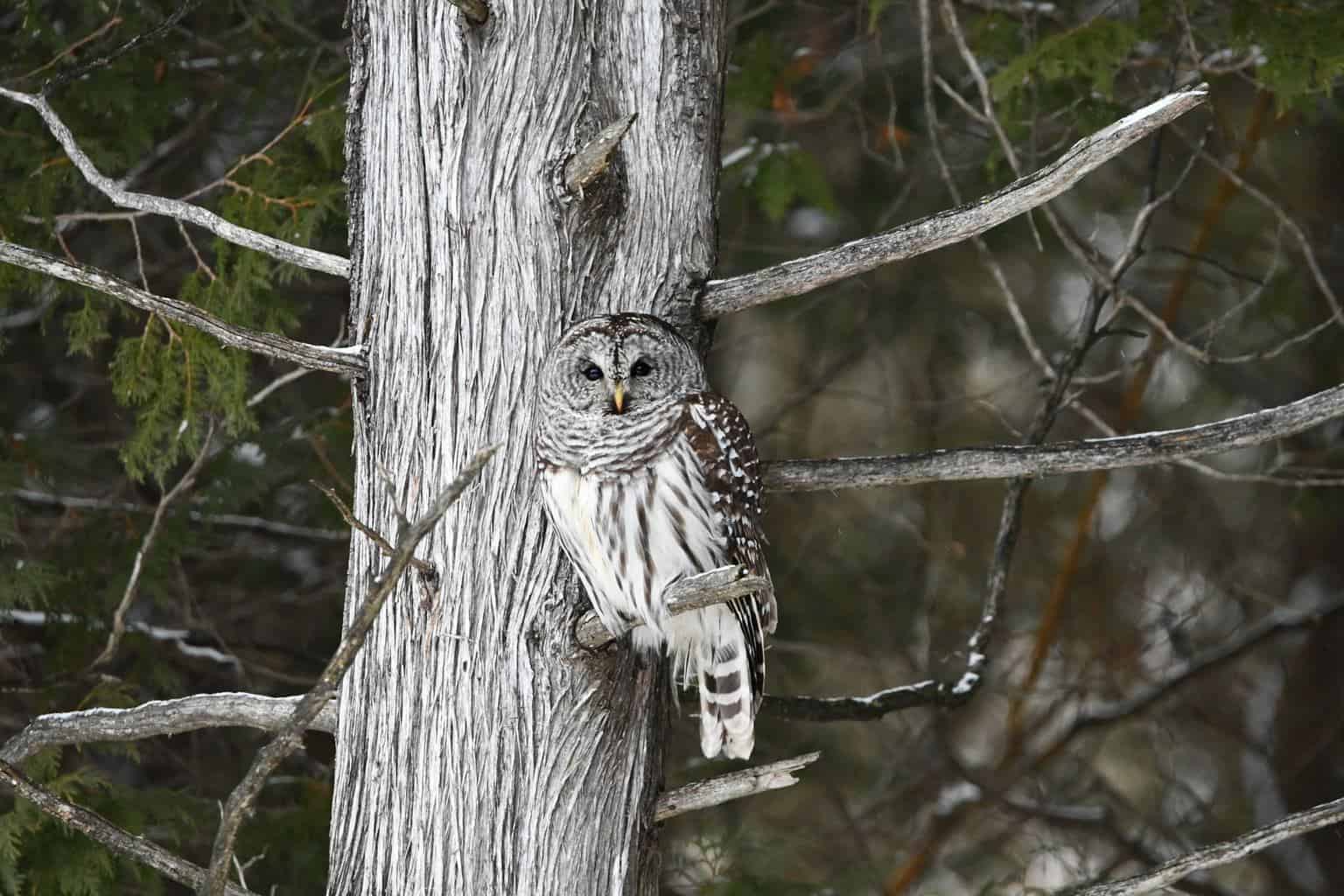
The Barred owl is one of North America’s most common owls. It is easily identified by the white bars on its brown feathers.
The Barred owl has a deep, hooting voice that sounds a bit like a monkey. It can also give a loud, screeching call. The screeching call is used to warn other owls of danger and can be heard up to 1.5 miles away.
Barred owls are mostly nocturnal, meaning they hunt and feed at night. They eat a variety of prey, including rodents, rabbits, reptiles, amphibians, and fish.
The Screech Owl
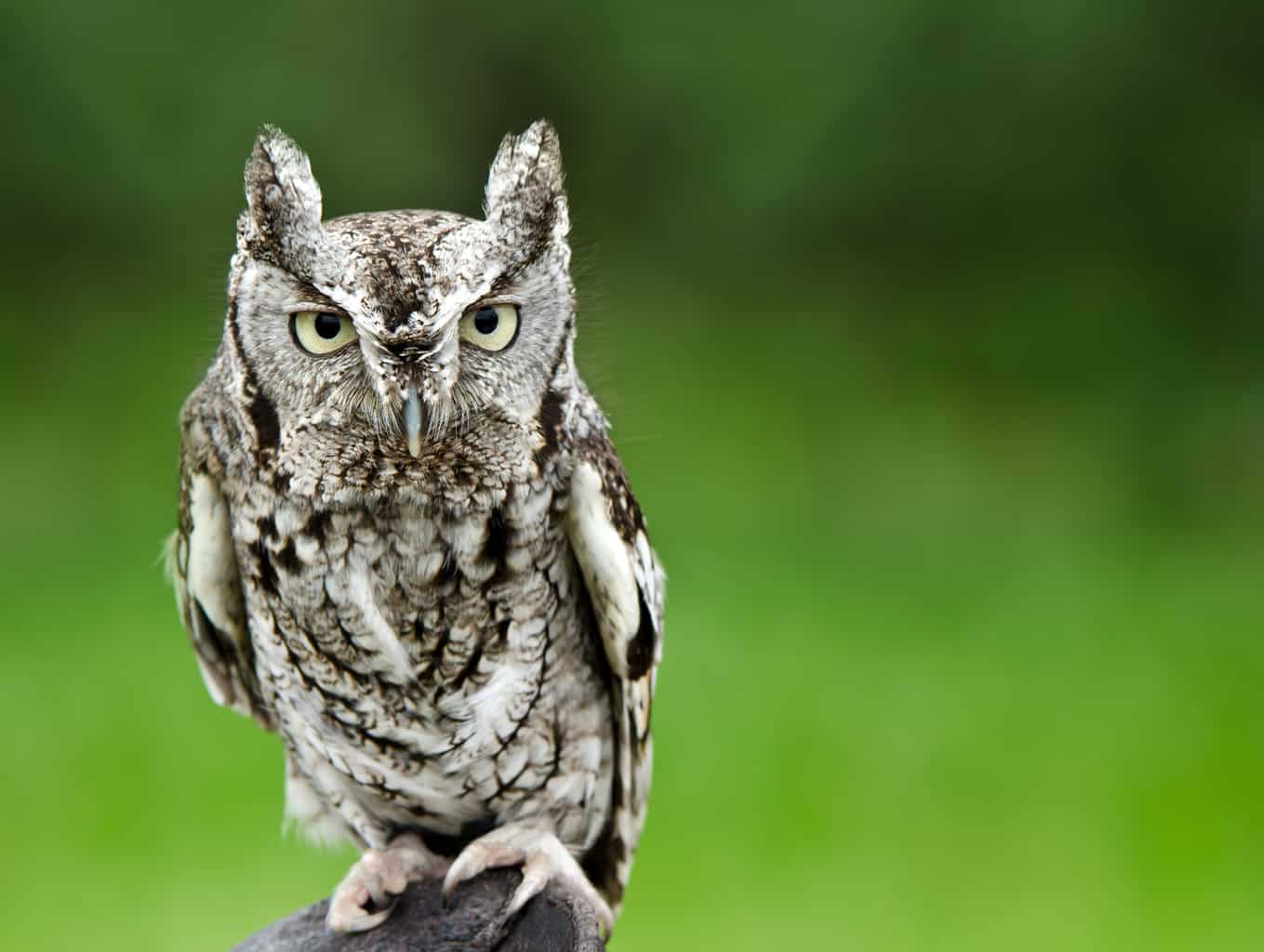
The Screech owl is a small owl with big eyes. It comes in two color morphs – red and gray. The red morph is more common in the eastern United States, while the gray morph is more common in the western United States.
The Screech owl is a small owl that can be found in North and South America. It has two main types of calls – a trill and a screech. The trill is a series of short, repetitive notes that sound a bit like a monkey.
Screech owls are very territorial and often vocalize to scare away other predators or owls that may be near their territory. They are also known for their defensive posture, which involves flattening their body and holding their wings out to look bigger.
The Great Horned Owl
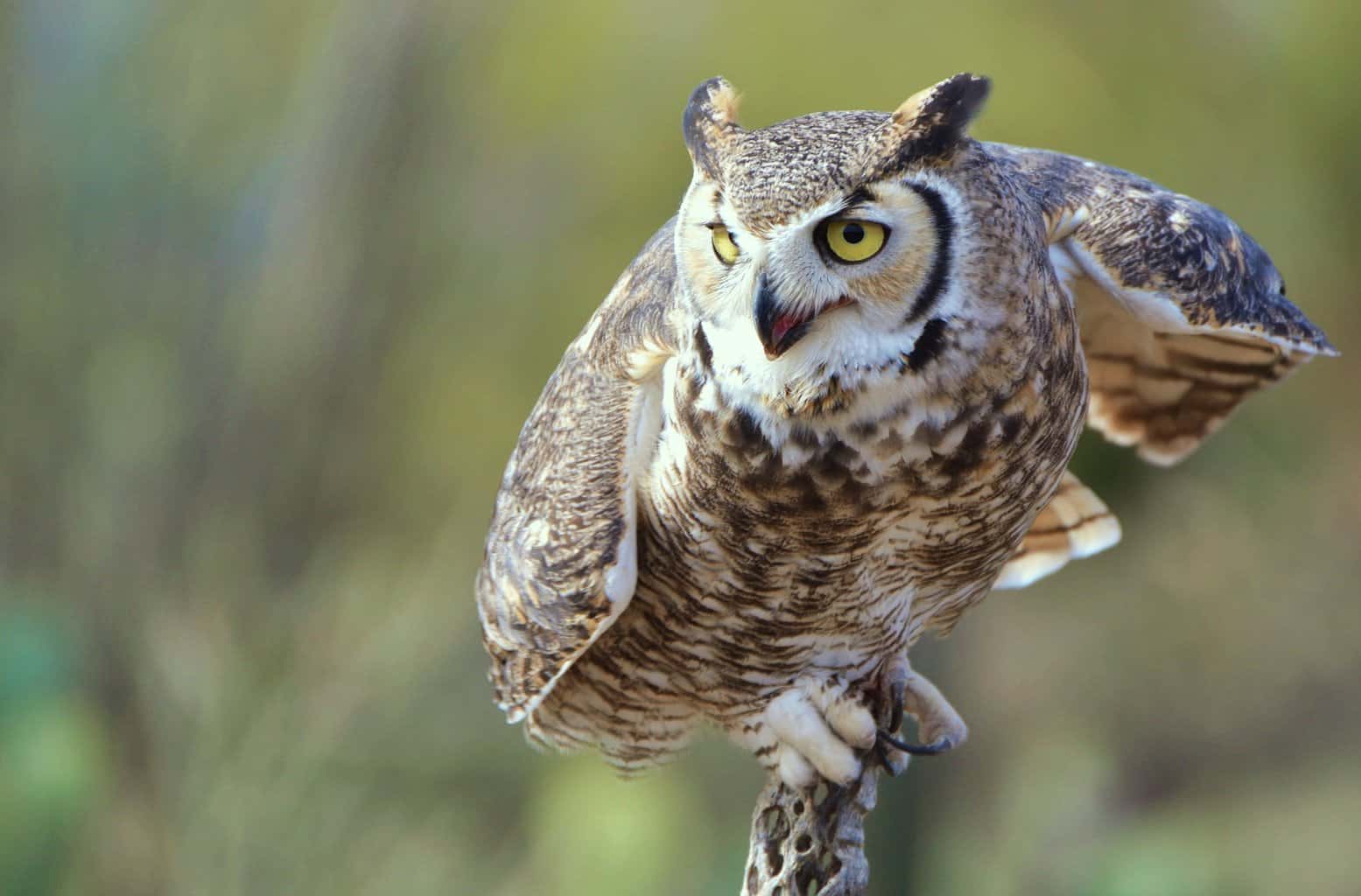
The Great Horned owl is one of North America’s largest and most powerful owls. It is easily identified by the large tufts of feathers on its head, which look like horns.
The Great Horned owl has a deep hooting call that sounds a lot like a monkey. This call can be heard up to 2 miles away. Great Horned owls are mostly nocturnal, meaning they hunt and feed at night.
Great Horned owls have a large range and can be found in many different habitats, including forests, deserts, and swamps. They are one of the most successful predators in North America, and their diet consists of a variety of small mammals, birds, and reptiles.
The Barn Owl
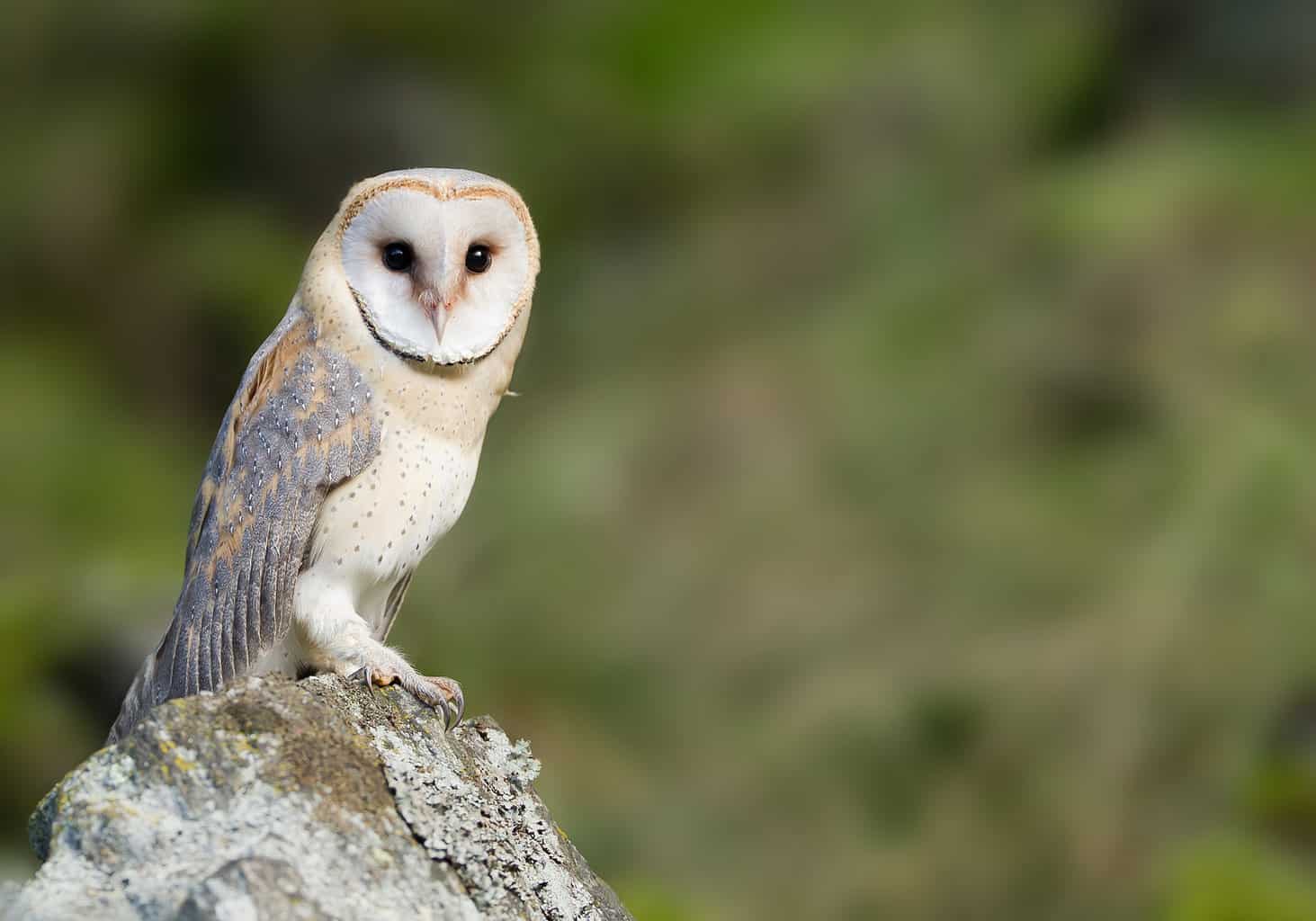
Barn owls are one of the most interesting and unique owl species. They are known for their distinctive heart-shaped faces, which help them to better locate and hunt their prey.
Additionally, Barn owls have excellent hearing and can even detect the movement of prey underground. They are also incredibly silent flyers, making them difficult for prey to detect.
Interestingly, Barn owls are one of the only owl species that are active during the day. This allows them to take advantage of the extra daylight hours to hunt for food.
All these factors make Barn owls fascinating and impressive predators – not to mention they are found on every continent except Antarctica!
The Long-eared Owl
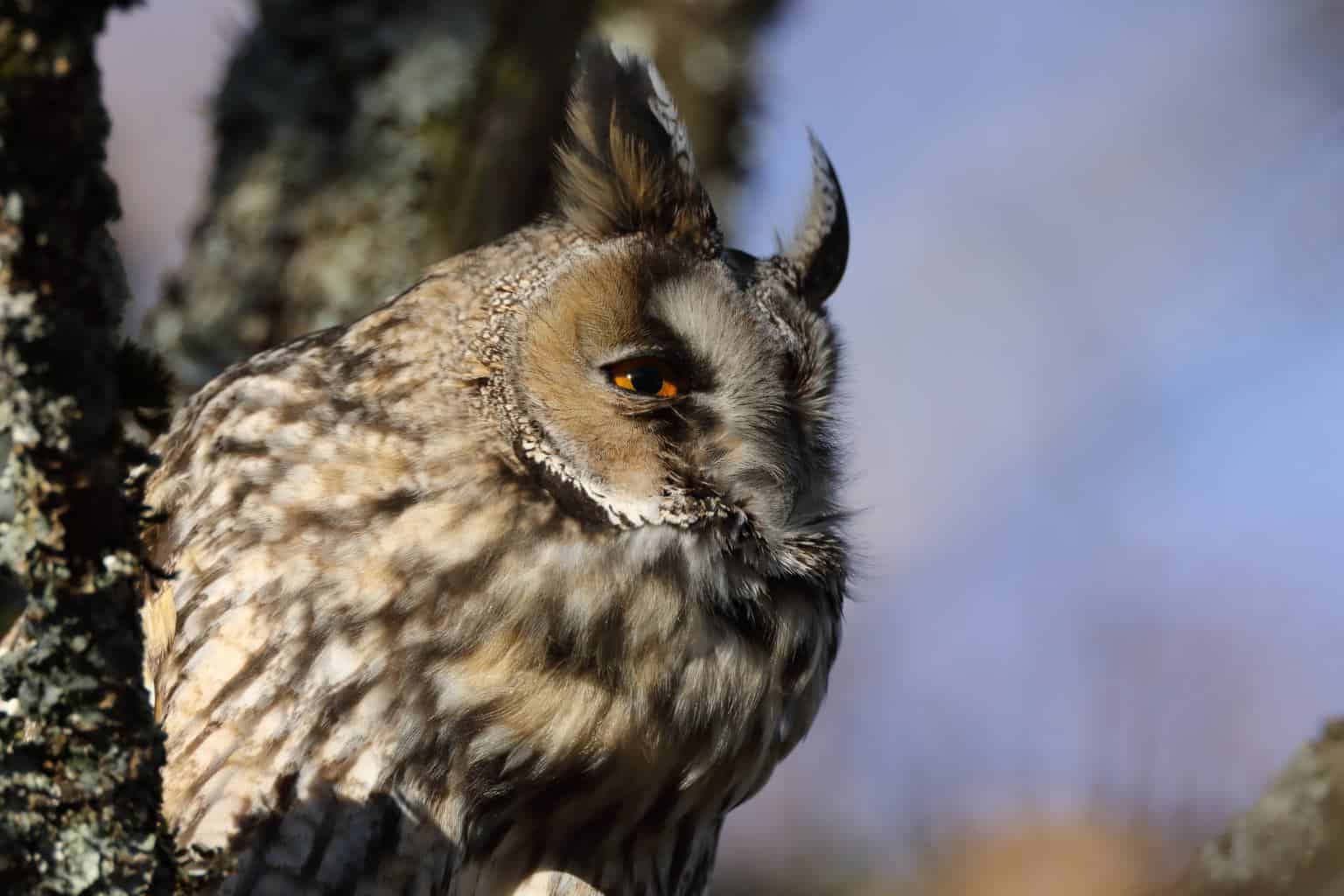
The Long-eared owl is a fascinating creature. It is one of the few owl species found in North and South America. It is also one of the largest owl species, with a wingspan of up to five feet!
The Long-eared owl has two distinctive features: its large ears, which are used to hear its prey, and its long tail, which helps it to maneuver while hunting. The Long-eared owl is an expert hunter, preying on small mammals such as mice and voles. It is also a skilled acrobat, flying silently and effortlessly through the forest canopy.
The Long-eared owl is a beautiful bird with yellow eyes and brown and white plumage. It is an important part of the ecosystem and one of the most popular owls among birdwatchers.
Spotting Owls: Birdwatching Tips
Owls are some of the most popular birds to watch. They are also notoriously difficult to spot. If you’re new to birdwatching, you might wonder how you’re supposed to find one of these elusive creatures on earth. Never fear! We’ve put together a few tips to help you get started.
Know Where To Look.
Owls tend to roost in trees during the day, so your best bet is to scan the treetops for a bird’s nest-like structure. If you’re really lucky, you might catch a glimpse of an owl taking a nap on a branch.
Listen for Their Call.
Owls are most active at night, so your best chance of spotting one is to go out after dusk and listen for their distinctive call. If you hear an owl hooting, try to follow the sound until you see it.
Look for Movement.
Even if you don’t hear an owl call, you might be able to spot one if you keep your eyes peeled for movement in the treetops. Owls are very good at camouflage, so they can be tough to spot if they’re not moving.
Use Binoculars or a Spotting Scope.
If you really want to get a good look at an owl, you’ll need some kind of optical aid, such as binoculars or a spotting scope. This will help you see the bird better and also let you scan a larger area more quickly.
Be Patient!
Birdwatching takes time and patience. Don’t give up if you don’t see an owl immediately! Keep trying, and eventually, you’ll be rewarded with a sighting of one of these amazing creatures.
Wrapping Up
There are many different types of owls, each with its own distinctive call.
Some of these calls can sound quite similar to monkey calls; the five owl species described above are just a few examples of these fascinating birds. So, the next time you hear an owl call, see if you can guess which species it is!

